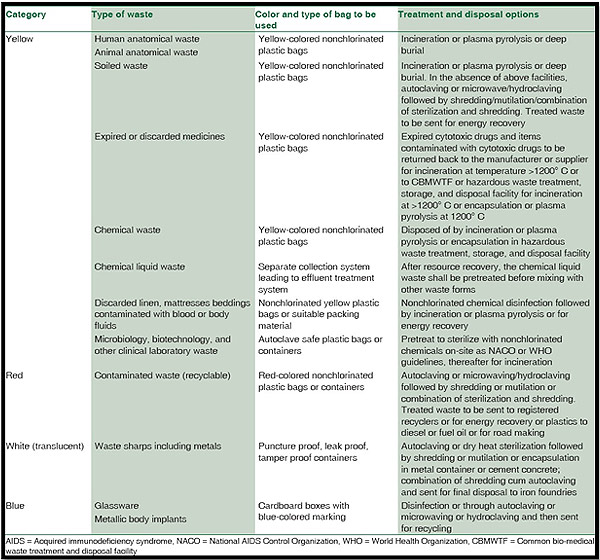The Basic Principles Of Reclaim Waste
The Basic Principles Of Reclaim Waste
Blog Article
Getting The Reclaim Waste To Work
Table of ContentsWhat Does Reclaim Waste Mean?The Best Guide To Reclaim WasteUnknown Facts About Reclaim WasteThe Only Guide to Reclaim WasteSee This Report about Reclaim Waste
Domestic sewer waste refers to the waste and items from a property septic storage tank. The proper administration and disposal of domestic sewage waste call for fluid waste to be transferred to a sewage therapy plant where the proper techniques and devices are used to purify and dispose of waste.
Industrial waste typically consists of potential threats, such as flammable products or a combination of fluid and strong waste products, and requires an advanced and detailed disposal process. The disposal of business waste typically entails the purification of waste before transport to ensure safe and appropriate disposal. Hazardous waste is developed from results and runoff of industrial procedures and manufacturing.
This kind of waste can not utilize the very same sewer monitoring transport or procedures as septic or business fluids. The industrial waste administration process requires the assessment and screening of liquid waste before it goes through the disposal process (liquid waste removal melbourne). Overflow waste is the liquid waste that comes from drainage and excess stormwater in highly populated areas or cities
Runoff waste can cause contamination and flooding if not taken care of correctly. Making sure proper waste monitoring can avoid disasters and lower environmental damage.
Getting The Reclaim Waste To Work
Contact PROS Providers today to discover concerning our waste administration and disposal services and the appropriate means to care for the liquid waste you generate.
(https://www.ted.com/profiles/48198485/about)Do you understand what happens to your water when you end, purge the toilet or drain pipes the washing machine? No? Well, it deserves knowing. This supposed 'wastewater' is not only an important source however, after treatment, will certainly be launched to our land, waterways or the ocean. Utilized water from bathrooms, showers, bathrooms, kitchen area sinks, washings and industrial procedures is referred to as wastewater.

water utilized to cool machinery or tidy plant and equipment). Stormwater, a kind of wastewater, is runoff that streams from farming and metropolitan locations such as roofing systems, parks, yards, roadways, paths and rain gutters into stormwater drains, after rain. Stormwater moves neglected directly to regional creeks or rivers, ultimately getting to the ocean.
The Best Strategy To Use For Reclaim Waste
In Queensland, a lot of wastewater is dealt with at sewage treatment plants. Wastewater is moved from residential or industrial websites with a system of sewage systems and pump stations, referred to as sewerage reticulation, to a sewer treatment plant. City governments Recommended Reading develop, preserve and operate most sewer treatment plants. Operators are certified under the Environmental Management Act 1994 to discharge treated wastewater at an acceptable environmental standard into rivers.
The Division of Natural Resources suggests neighborhood federal governments concerning managing, operating and keeping sewage systems and treatment plants. In unsewered locations, neighborhood federal governments may require householders to mount private or household sewage therapy systems to treat residential wastewater from bathrooms, cooking areas, restrooms and laundries. The Department of Natural Resources authorises making use of home systems when they are confirmed to be effective.
In some new communities, treatment of some stormwater to remove clutter, sand and gravel has actually begun using gross contaminant traps. Wastewater treatment occurs in 4 phases: Eliminates solid matter.
Wastewater after that flows right into big containers where solids settle and are gotten rid of as sludge. Grease and residue are skimmed from the surface area. Utilizes tiny living organisms referred to as micro-organisms to break down and get rid of remaining dissolved wastes and great fragments. Micro-organisms and wastes are incorporated in the sludge. Gets rid of nitrogen and phosphorus nutrients that might create algal blossoms in our rivers and threaten water life.
The Buzz on Reclaim Waste
Nutrient elimination is not readily available in all sewage treatment plants since it needs expensive specialised equipment. It is coming to be more common in Queensland. Clear liquid effluent produced after treatment may still include disease-causing micro-organisms. If this effluent is released right into rivers such as rivers or the sea, the micro-organisms will at some point pass away out.

Many wastewater flows right into the sewerage system. Under the Act, neighborhood governments administer authorizations and licences for ecologically relevant tasks (ERAs) including wastewater releases that may have a local influence.
Reclaim Waste Fundamentals Explained
Tracking gives factual information regarding water top quality and can confirm that permit conditions are being fulfilled. The info acquired with tracking gives the basis for making water top quality decisions.
Report this page